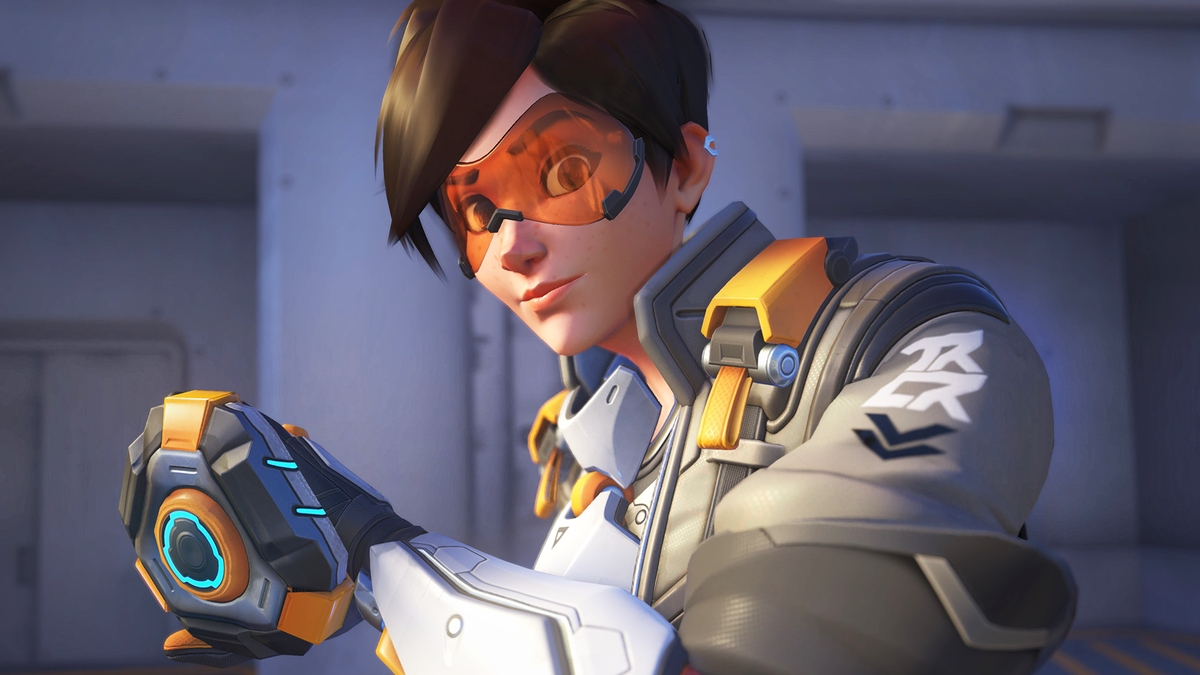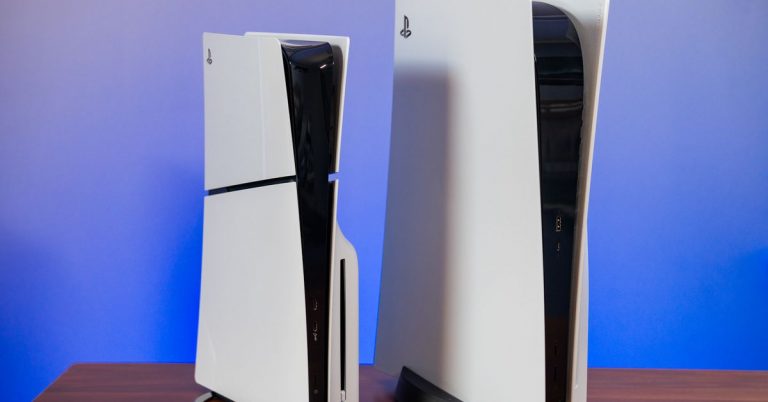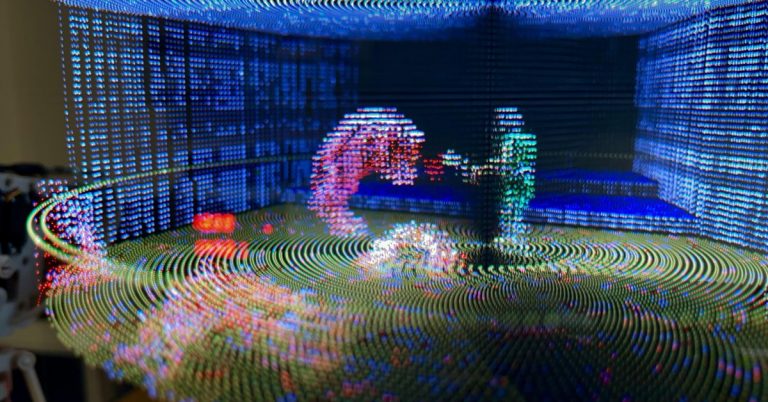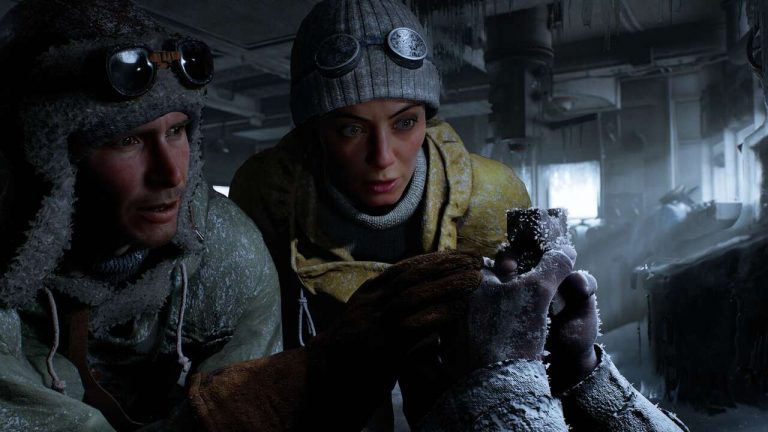Unlock Prestige Paradise: Boost Your Competitive Performance with New Overwatch 2 Rewards for Dedicated Players

New Incentives and Rewards in Overwatch 2’s Competitive Play
Overwatch 2’s competitive play has just gotten a whole lot more exciting with the introduction of new incentives and rewards. Starting this weekend, players can earn “drive points” and climb through checkpoints, making it a thrilling experience like never before.
Earning Drive Points
Players can earn drive points during competitive drives, which are special events that take place at the end of a season. Each time you win a match, you’ll earn a drive score that’s 10 times the total Skill Rank percentage gained from that match. For example, if you earn 21% towards your next tier and division, you’ll gain 210 drive points. Losing a match, on the other hand, will deduct 5 times the total Skill Rank percentage deduction, or half as much as a win gains.
Don’t Worry, There’s a Safety Net
But don’t worry, there’s a safety net to prevent you from losing all your hard-earned drive points. Losing matches will cause you to lose a small amount of drive progress, but reaching each checkpoint guarantees your progress and rewards. So, as long as you hit a checkpoint, you’ll at least be able to keep some progress.
Rewards for Climbing Checkpoints
As you climb through each checkpoint, you’ll get various prizes at six different stages. These rewards can be competitive points, which you can put towards a new Golden or Jade gun, or a signature, which is a new feature in Overwatch 2 that lets you change how your battletag looks in-game.
Checkpoints and Rewards
Here are the checkpoints and rewards for each:
• Tier 1: 300 drive points – 500 competitive points
• Tier 2: 700 drive points – signature
• Tier 3: 1200 drive points – 1000 competitive points
• Tier 4: 1700 drive points – advanced signature
• Tier 5: 2200 drive points – 1500 competitive points
• Tier 6: 2700 drive points – elite signature
A New Way to Incentivize Competitive Play
Blizzard has historically struggled to incentivize players to jump into competitive play towards the end of a season. But these competitive drives may well encourage players to put some thought into the end-of-season games or at least give them a nudge in the right direction.






